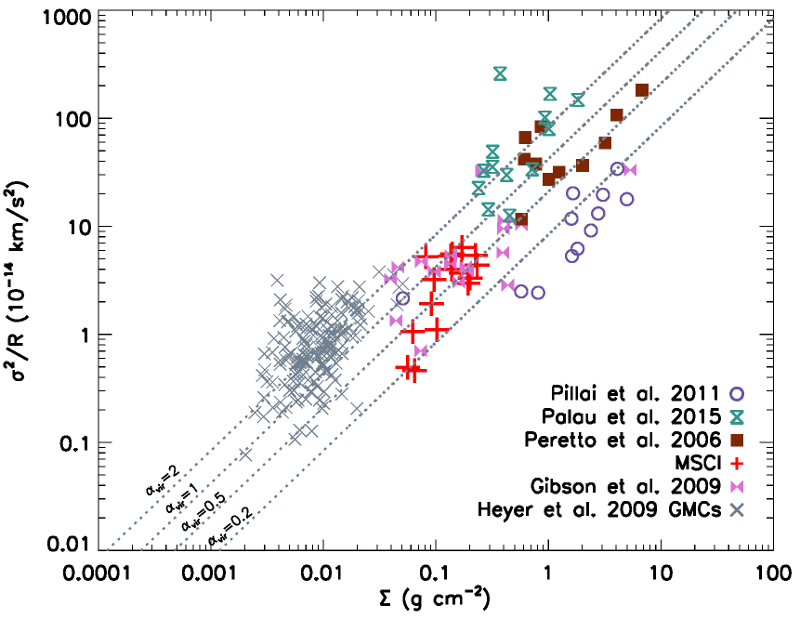| EPoS Contribution |
|
Gravity as main driver of non-thermal motions in massive star formation
Alessio Traficante INAF-IAPS, Rome, IT | |
| Investigating the role of the observed non-thermal motions in massive star forming regions is key to understand the massive star formation mechanism. The observed non-thermal motions could in fact originate from gravity and not from local turbulence acting against the gravitational collapse. This hypothesis implies that the Larson line-width size relationship does not properly describe the dynamics of massive star forming regions. Instead, the relation should be modified accounting for a dependence of the line-width with both the size and the mass surface density of the massive regions. In this talk I will present recent results in which we show that this relation is a result of a more general gravo-turbulent description of the massive star formation mechanism, in which gravity drives much of the observed non-thermal motion. We investigate the gravo-turbulent properties of massive regions combining data from the literature with a unique sample of massive star forming starless (no emission at 70μm, L/M < 0.2) clumps for which we obtained kinematical information of the gas tracing the N2H+(1-0), HNC(1-0) and HCO+(1-0) line emission with the IRAM 30m telescope. Data of giant molecular clouds, massive starless clumps and massive cores all follow the Heyer relation and the gravo-turbulent description. These data demonstrates that self-gravity must drive much of the observed non-thermal motions in these regions. We include in the analysis also the contribution of an external pressure, which may justify the observed high gravo-turbulent motions in giant molecular clouds. Finally, we consider the role of magnetic fields as a support against the global collapse in our massive starless clumps, and we show that only very high magnetic fields could possibly sustain the collapse. | |
 | |
| Caption: The quantity σ2/R as function of the mass surface density for giant molecular clouds (GMCs), our survey of massive starless clumps (MSCl) and several surveys of massive cores/clumps taken from the literature. | |
| Collaborators: G.A. Fuller, U Manchester, GB R.J. Smith, U Manchester, GB N. Billot, IRAM, ES A. Duarte-Cabral, U Exeter, GB N. Peretto, U Cardiff, GB S. Molinari, INAF-IAPS, IT J.E. Pineda, MPIA, DE |
Key publication
Suggested Session: Massive Star Formation |

